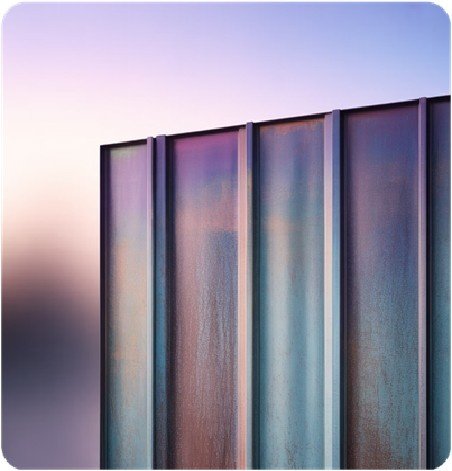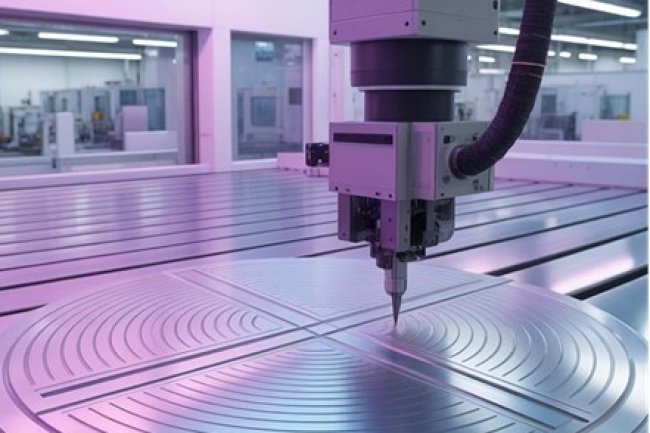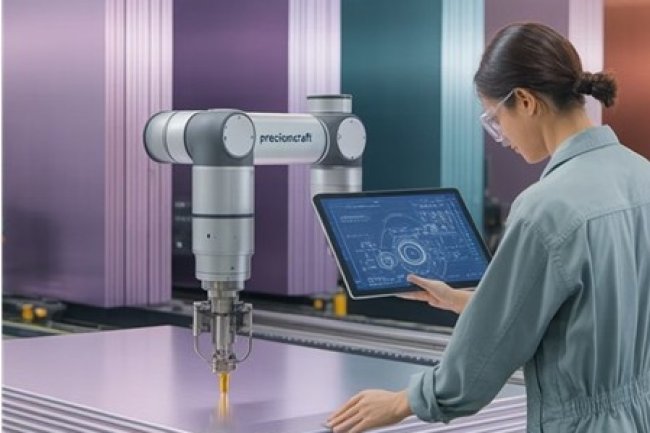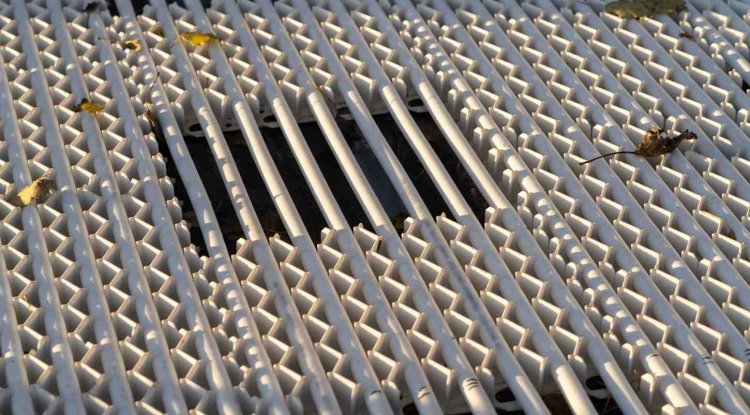Sheet Metal Revolution: Transforming Building Facades with Sustainable Waste
The construction industry stands at a crossroads. With building materials accounting for 40% of global carbon emissions, architects and engineers are rethinking how we approach facade design. Sheet metal, once considered purely functional, is emerging as a game-changing solution that transforms industrial waste into high-performance building exteriors.
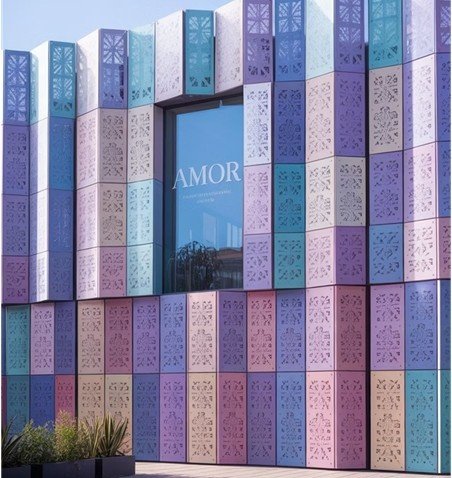
The Environmental Case for Waste Metal Integration
Every year, millions of tons of sheet metal waste accumulate from manufacturing processes, automotive production, and demolition projects. Rather than sending this material to landfills, forward-thinking designers are discovering its untapped potential for creating stunning, durable building facades.
Energy Reduction
Less energy required compared to producing new metal sheets
Cost Savings
Lower material costs when using reclaimed metals
Carbon Footprint
Reduction in overall project emissions
Engineering Excellence: Performance Without Compromise
|
Structural Integrity Meets Innovation Key performance advantages include superior weather resistance, enhanced thermal properties, and unexpected design flexibility. When properly engineered, these materials often outperform traditional options while telling a powerful sustainability story. Key Attributes
|
|
Design Possibilities: Where Function Meets Beauty
Harnessing reclaimed and specialty metals unlocks a new world of design opportunities. Architects and designers can combine functionality with aesthetics to create stunning, sustainable facades.
Texture Variation
Weathered patinas and unique surface treatments create visual interest impossible to achieve with new materials. Each piece tells its own story through natural aging patterns.
Color Diversity
Mixed metal sources provide a rich palette of natural tones, from copper verdigris to steel oxidation, eliminating the need for artificial finishes.
Geometric Freedom
Various sheet sizes and thicknesses enable complex geometric patterns and three-dimensional facade elements that add depth and visual complexity.
Implementation Strategy: From Concept to Reality
01 Material Assessment
Comprehensive evaluation of available waste metal sources, including chemical composition analysis and structural testing to ensure suitability for facade applications.
02 Design Integration
Collaborative planning between architects and engineers to optimize material properties while achieving aesthetic goals. This phase includes thermal modeling and weather resistance planning.
03 Processing & Preparation
Specialized cleaning, treatment, and fabrication processes that transform waste metal into building-ready components while preserving unique characteristics.
04 Installation Excellence
Precise installation techniques that accommodate material variations while ensuring long-term performance and weather sealing integrity.
Companies like Consac are pioneering these implementation strategies, combining engineering expertise with sustainable innovation to deliver projects that exceed both performance and environmental expectations.
Real-World Success Stories
Commercial Breakthrough
A recent office complex in Portland achieved LEED Platinum certification while reducing facade costs by 35% through strategic waste metal integration. The building's distinctive weathered steel exterior has become an architectural landmark.
- Diverted 200 tons from landfills
- Achieved superior thermal performance
- Created unique visual identity
Residential Innovation
A luxury housing development in Colorado transformed automotive waste into stunning facade elements. The project demonstrates how sustainable practices can enhance rather than compromise design ambitions.
- Mixed metal sources for texture variety
- Zero additional finishing required
- Enhanced property values through uniqueness
Building Tomorrow: Your Next Steps
Assessment Phase
Evaluate your current projects for waste metal integration opportunities. Consider material availability, design flexibility needs, and sustainability goals.
Partnership Development
Connect with suppliers specializing in reclaimed materials and engineering firms experienced in sustainable facade design.
Pilot Project Launch
Start with a smaller-scale implementation to demonstrate feasibility and build confidence in waste metal applications.
The future of facade design lies in transforming waste into wonder. By embracing reclaimed sheet metal, we’re not just building structures—we’re building a more sustainable tomorrow, one facade at a time.
What's Your Reaction?







